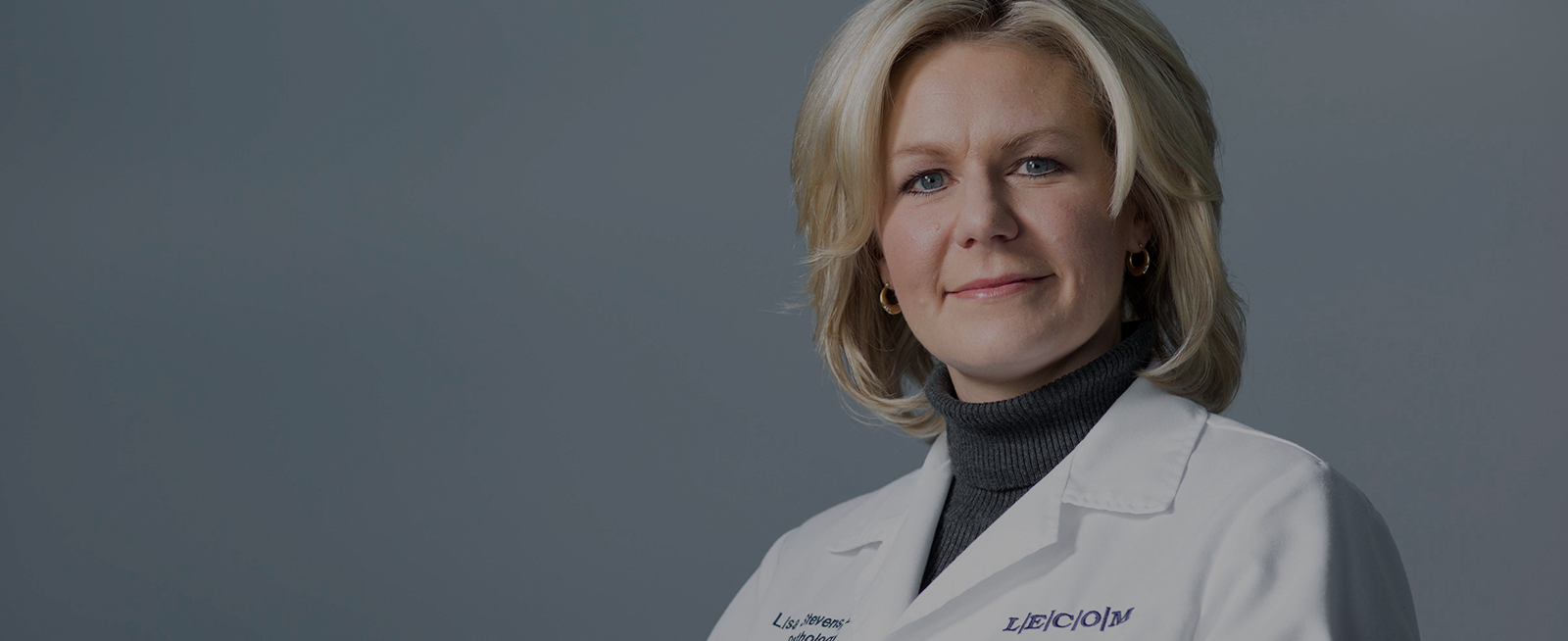The Dangers of Distracted Driving
Americans love their cars. And why shouldn’t they? Cars provide an unprecedented degree of mobility. Yet for all their advantages, deaths and injuries resulting from motor vehicle crashes are the leading cause of death for people of every age from 3 through 6 and 8 through 34, based on 2005 data from the National Highway Traffic Safety Administration (NHTSA). In fact, in 2007, one person died every 13 minutes in motor vehicle crashes.
Like most of the leading causes of death in the United States, motor vehicle collisions are a preventable cause of death, says William F. Murphy, D.O., an Osteopathic Family Practice and Addiction Medicine specialist and faculty member at the Lake Erie College of Osteopathic Medicine in Bradenton, Fla.
Indeed, nearly 80 percent of crashes and 65 percent of near-crashes involved some form of distraction within three seconds before the event, according to NHTSA. Distracted driving includes activities such as eating, putting on make up, having passengers and pets in the vehicle, and using cellphones and other wireless or electronic devices.
The risk of serious injury and possible death is very high when it comes to vehicle collisions, says Dr. Murphy. While it’s still important to encourage people to wear seat belts while driving, physicians and patients also need to address the increased dangers that technology in the car can pose to their health.
According to the National Safety Council, while other forms of distracted behavior may have greater and more severe consequences on driving behavior, cellphone use is the most common, and the one that contributes to the greatest crash involvement. In fact, at any given daylight moment, 11 percent of vehicles on the road are being driven by someone using either a handheld or a hands-free phone.
Using a cellphone to engage in conversation or to send a text message presents two dangers, warns Dr. Murphy.
First, drivers must take their eyes off the road while dialing or texting. Second, people can become so absorbed in their conversations that their ability to concentrate on the act of driving is severely impaired, jeopardizing the safety of vehicle occupants and pedestrians.
Since the first law was passed in New York in 2001 banning handheld cellphone use while driving, legislators have introduced more than 20 bills that would prohibit handheld mobile devices and at least four that would ban hands-free phoning.
If it is absolutely necessary to use a cellphone or other wireless device while driving, Dr. Murphy recommends:
– Waiting until you’ve reached your destination to send a text message.
– Ending your call if you find yourself in heavy traffic or driving in hazardous weather conditions.
– Learning how to use the speed dial, voice activation and redial features on your wireless device. This can greatly reduce the amount of time you are distracted.
– Keeping your phone within arm’s reach. Reaching into the backseat for something is a major distraction.
– Obeying the laws in your area. If there is a law that no hand-held cellphones are permitted while driving, wait until you get to your destination to make a call or invest in a hands-free device.
– Refraining from taking notes or looking up phone numbers while driving. Both activities increase the amount of distraction and necessitate the use of at least one of your hands.
– Avoiding intense conversations, which can cause you to become so emotional you lose focus while driving.
– Informing the person you are speaking with that you are driving. They may encourage you to call them back at a better time.
Distractions are so commonplace that many don’t appreciate that it only takes a couple seconds for a distraction to turn into a collision, resulting in unnecessarily incurred medical expenses, loss of employment, damages to persons and property, and possible death, adds Dr. Murphy.
Preventive medicine is just one aspect of care Osteopathic physicians (D.O.s) provide. Osteopathic physicians are fully-licensed to prescribe medicine and practice in all specialty areas including surgery. D.O.s are trained to consider the health of the whole person and use their hands to help diagnose and treat their patients.

